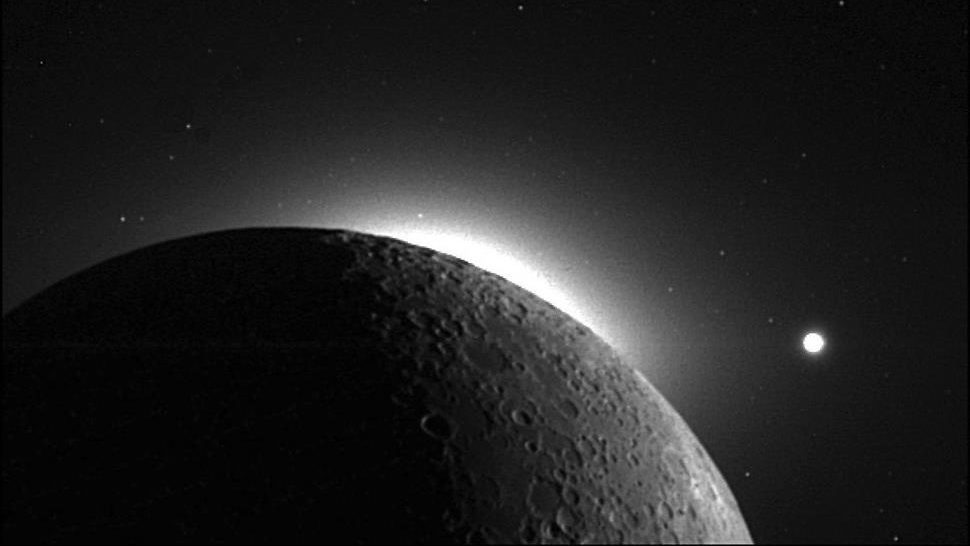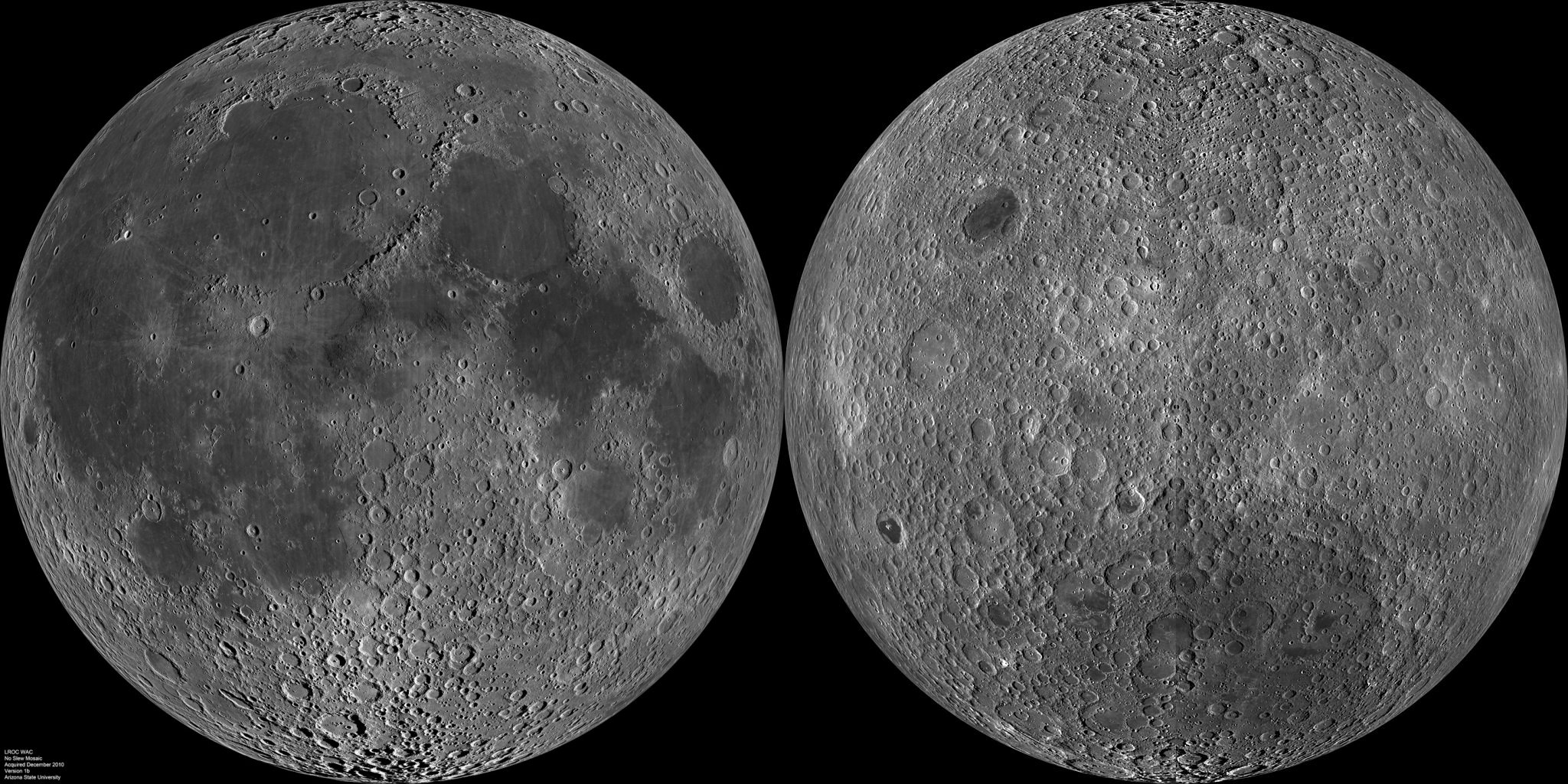How China’s Moon mission could reveal the origins of life on Earth

- China’s Chang’e-6 mission landed in the Moon’s South Pole-Aitken Basin to collect lunar material, which will be analyzed to search for evidence of the origin of life on Earth.
- This region, being one of the oldest lunar impact craters, might contain ancient fossils and geological samples that predate Earth’s oldest known rocks.
- Chang’e-6 is set to return to Earth on June 25.
On June 1, China’s Chang’e-6 lander touched down in the South Pole-Atkin Basin — the largest, deepest, and oldest impact crater on the Moon. The probe almost immediately set to work drilling into the ground to collect about 2 kilograms of lunar material, which is already headed back to Earth, with a landing in Mongolia planned for June 25. It isn’t just planetary geologists who are excited at what the returning rocks and soil might reveal. If we’re lucky, the first samples from the lunar farside could also include some of the oldest fossils ever found.
The SPA basin, as it’s sometimes called, is the result of a gigantic impact that occurred between 4.2 and 4.3 billion years ago, at a time when the Moon and Earth were very close neighbors. The crater is roughly 2,500 kilometers (1,600 miles) in diameter and between 6.2 km and 8.2 km (3.9 to 5.1 mi) deep, encompassing several smaller craters like the Apollo basin, where Chang’e-6 landed, and Shackleton crater, parts of which lie in perpetual shadow.
The main focus of 21st-century lunar exploration is searching for natural resources such as water ice that could be turned into rocket fuel and drinking water for astronauts, as well as helium-3 that might someday fuel nuclear fusion reactors. Another potential scientific treasure is often overlooked, however. The Moon is the only place where we might find fossilized clues to the origin of life on Earth. On our own planet’s dynamic surface, hungry microbes would have destroyed such evidence a long time ago.
Searching for fossil evidence
Let’s rewind the clock billions of years to the time of the impact that created the SPA basin, when our planet was still being pummeled by asteroid and cometary impacts. The Moon was three times closer to Earth than it is now, and any big impact would have thrown out material with enough force to reach the Moon’s surface. We actually have evidence for that. The Apollo 14 astronauts returned lunar samples that contained a piece of Earth dating from about 4 billion years ago.
Finding rocks that old on Earth is challenging. The oldest rock formation discovered so far is the Acasta Gneiss in the Northwest Territories of Canada, which has been dated to be 4.03 billion years old. Most of the rocks on our planet are much younger, thanks to the movement of tectonic plates that continuously recycle old crust. Some older rocks still survive in cratons, stable portions of continental crust that haven´t changed much over time. Unfortunately, most of these rocks are igneous, or in the case of the Acasta Gneiss, metamorphic, meaning that fossils are never or only very rarely preserved.
As a result, the question of when exactly life originated on our planet is shrouded in mystery. The first undisputed evidence of living things are stromatolites — fossilized microbial mats — from about 3.5 billion years ago. There are indications, however, that life was on our planet much earlier. One biomarker suggesting this might be the case is the isotopic signature of carbon in graphite-containing rocks. In general, life wants to conserve energy by using the lightest possible isotope of carbon to fuel its metabolic reactions. It’s easier that way. Such a light isotope has been found in rocks from the 3.7 billion-year-old Isua Supracrustal Belt in Greenland. And intriguingly, this isotope signature was also discovered in a single grain of the mineral zircon, found in a rock retrieved from the Jack Hills range of Australia, dated at 4.1 billion years old. This means life could have existed on Earth even earlier.
It appears that the impact that created the SPA Basin occurred before life arose on our planet, or maybe around the same time. Researchers have struggled for decades to put together a plausible sequence for how that happened, and what the first biomolecules might have been. Most scientists accept the hypothesis of a primordial RNA world that existed before the advent of DNA. But was there something even earlier than that — for example, a PNA (Peptide Nucleic Acid) — that had already allowed primitive life to reproduce? What did the first cells look like, and in what environments did they originate? How long did the transition from non-life to life take? Some have proposed it happened in less than 10 million years, and perhaps even much faster.
The origins of life
Not knowing how life originated on our own planet is a major showstopper for astrobiology. We know that once it arises, life is amazingly adaptive, having spread to nearly every place on the surface of our planet. Yet we don’t know how it all started, which is essential to understanding how common it might be in the Universe and where else we can expect to find it.
Even though the Moon is today a dead rock, it might provide the answer. If life ever existed there, it would have been for a very short period when there was a tenuous lunar atmosphere caused by extensive volcanic outgassing about 3.5 billion years ago. Even if it didn’t, the Moon is still the most likely place for evidence from the dawn of life on Earth to be preserved in cold storage.
We won’t know until the samples from Chang’e-6 come back later this month. Rocks in that region of the Moon are estimated to be 3.98 billion years old. It’s probably a long shot that the right kind of fossil evidence could be in those precious two kilograms of material. But if they are, it would be a game changer for scientists interested in how life arose on Earth.





